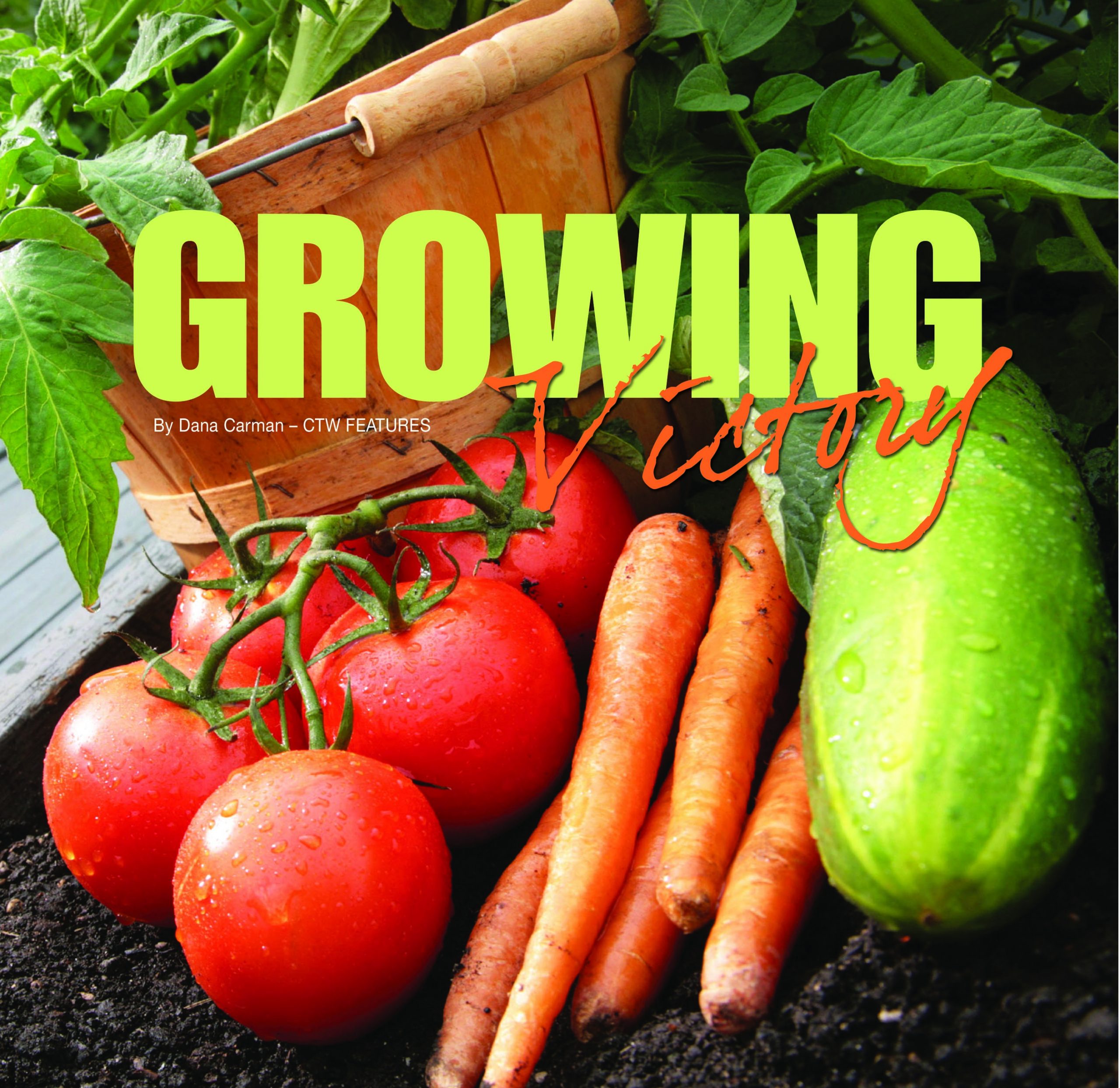In this age of increased emphasis on sustainability, food miles, good health, and, more recently, the downturn in economics, people have turned toward an old example to set a new standard in gardening.
Your Garden
The victory garden is not a new idea. In fact, these gardens, also known as “war gardens,” were planted at private residences and on public land (including prominent areas such as Boston Commons and Golden Gate Park) during the two World Wars to boost the public’s food supply. They were considered a morale booster, and First Lady Eleanor Roosevelt even planted one on the White House grounds despite the objections of the Department of Agriculture. One historical account has victory gardens contributing to 41% of all the vegetable produce consumed in the nation. Using this example, there is a movement toward implementing the victory garden, both privately and publicly, going on all across the country.
Driving Factors
Now that the recognition of a looming environmental crisis has pervaded the public’s consciousness, the effort to be more “green” to help combat the effects has become downright trendy in its popularity. But trendy isn’t necessarily a bad thing if the efforts are really green. One issue is that of “food miles”– how far food travels from ground to table, which includes not only the lengthy transportation but the total energy expended.
Additionally, says Roger Doiron, founding director of Kitchen Gardeners International, people are concerned for their health and that of their families. There’s an emphasis on organic produce, seasonal eating, and buying local, but the best way to know where your food is coming from is to grow it yourself.
Certainly, the economic situation is contributing to this movement as well. Buying organic produce is expensive, even at a local farmer’s market. Doiron, who has grown numerous vegetables, best illustrates this point. “We spent about $100 last year on seeds, and we’ve converted that investment into over six months of organic vegetables for a family of five,” he says.
Lastly, Vanessa Richins, a writer for website, Urban Garden Casual, thinks that victory gardens are growing in popularity due to a desire to return to simpler times as the reliance on technology increases and the current economic and environmental situations get tougher.
Where the Gardens Grow
The definition of a victory garden is loose. In order to grow one, all that’s needed is the impetus. While yard space is ideal, if you’re in an apartment or other building without access to a plot, vegetables can be grown in containers and still supplement your regular produce buying. Some cities offer community garden spaces to residents as well. Container gardening expert, Kerry Michaels, loves growing vegetables and feels you can grow almost anything you want depending on what makes sense for your region and the season. She also notes that contained herb gardens can make a beautiful centerpiece. “Perfect for the center of the picnic table and then you can put it on your salad,” she says.
Mary Ellen Chambers, a six-year gardener who had no prior experience to planting her first vegetable garden, came up with a novel way to procure some space. She and her husband live in a historic section of Baltimore, and their yard was almost entirely in shade rendering it less than ideal for growing veggies. However, the property next door was owned by an absentee landlord and the yard was perfectly sunny although quite unkempt. Chambers and the landlord made a deal: We’ll care for your yard if you let us do what we want with it. She and her husband now grow a variety of vegetables, such as potatoes, leeks, asparagus, corn, artichokes, and squash. When they reap more than they can consume, they share the bounty with other members of the community.
Beyond those options, though, there is one plot of land often ignored and it’s prime gardening space. That is the front yard. Doiron thinks there is starting to be a trend more toward what’s known as the “edible landscape” and that people are forgoing the perfectly manicured lawn and landscaping, once the jewel of suburban affluence, to use that space for fruits and vegetables. Doiron notes that in Europe, “People put gardens in where the sun shines. For different cultural reasons, we tuck our gardens behind our houses.” Doiron himself has a garden “smack dab” in the middle of the front lawn and says it’s “been really encouraging to see people’s reactions.”
How to Start
There are several Web resources devoted to victory gardens if you’re interested in learning more about this specific trend, but in terms of starting to grow your own vegetables, don’t be afraid to seek out help from local gardening experts. If you have the land to garden, great, but if not, consider the container garden. Start modestly so you don’t get overwhelmed. Doiron also suggests succession planting – planting seeds over a period of weeks so your harvest is extended over a number of weeks. Chambers feels that the work to maintain her large garden could be done in as little as a couple of hours a week, but she usually spends 10-12 hours a week as for her it’s a peaceful retreat. “It’s a form of meditation,” she says. “You can get away with a lot less [time] and get a lot out of it.” Also, learn good storage techniques so you can take advantage of your food for much longer. Doiron employs a variety of storage methods, and at the start of the New Year hadn’t store shopped for produce since the previous May or June, he says.
© CTW Features


